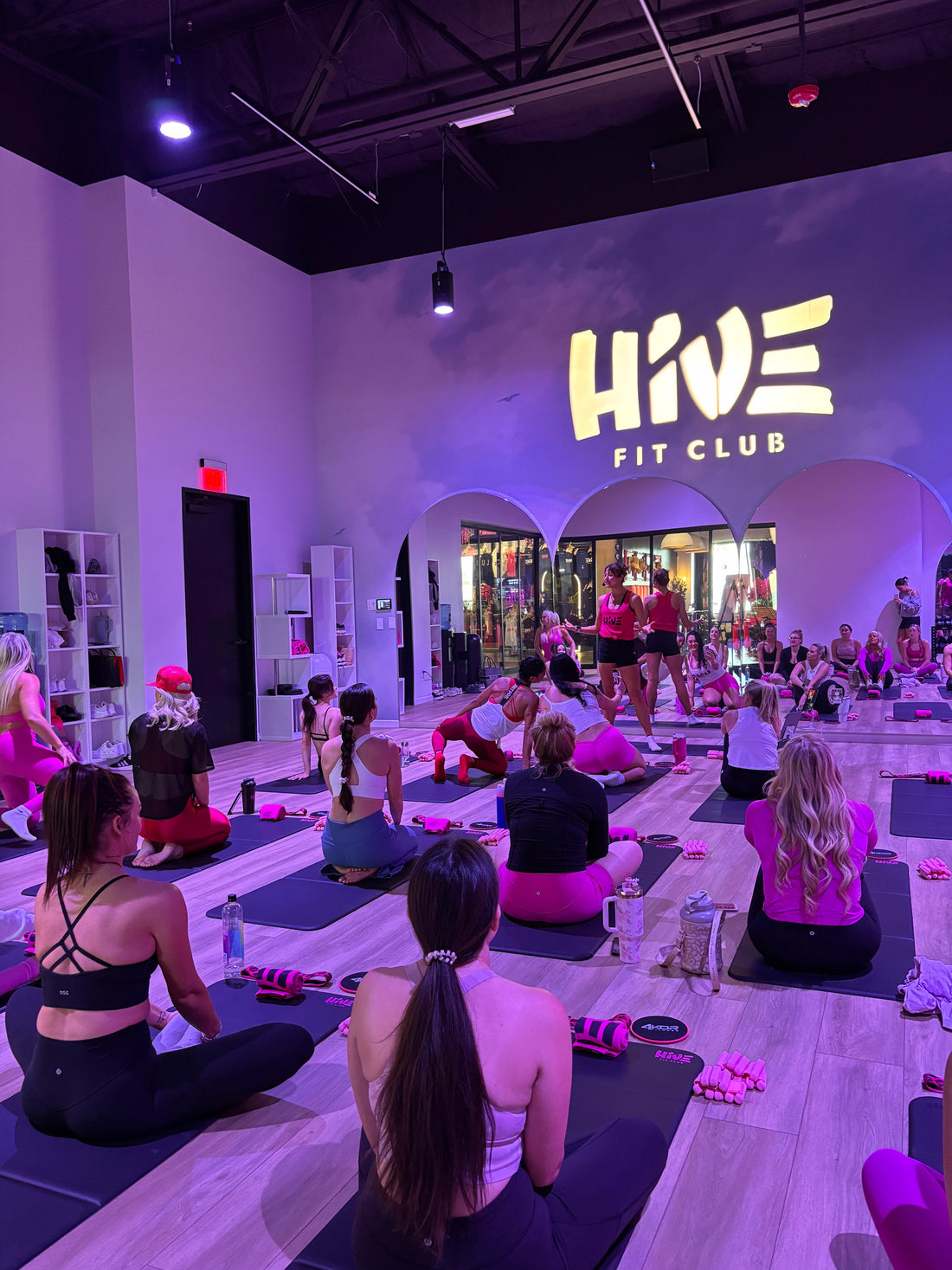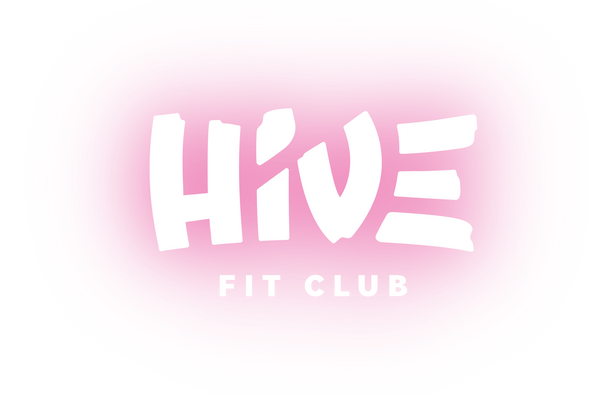
HIIT vs. Traditional Cardio: Which One is Right for You?
Share
In the dynamic world of fitness, two popular approaches often stand at the forefront: High-Intensity Interval Training (HIIT) and Traditional Cardio. Both promise significant benefits for your health and physique, but they go about it in very different ways. So, how do you decide which one is the right fit for your fitness journey?
This comprehensive guide will break down the intricacies of HIIT and traditional cardio, exploring their unique advantages, potential drawbacks, and how to determine which method, or combination, aligns best with your personal goals and lifestyle.
Understanding the Contenders: What Are HIIT and Traditional Cardio?
Before we dive into the pros and cons, let’s define what each of these popular exercise modalities entails.
What is High-Intensity Interval Training (HIIT)?
HIIT involves short, intense bursts of anaerobic exercise followed by brief, active recovery periods. Think of it as a rollercoaster for your heart rate – it shoots up during the work intervals and then comes down slightly during recovery, only to surge again. These workouts are typically shorter in duration, often ranging from 10 to 30 minutes, but they are designed to push your body to its limits.
Examples of HIIT Exercises:
- Sprinting on a treadmill or outdoors
- Burpees
- Jump squats
- Kettlebell swings
- Cycling with alternating high and low intensity
What is Traditional Cardio (Steady-State Cardio)?
Traditional cardio, also known as steady-state cardio, involves maintaining a consistent, moderate intensity level for a longer duration. This is the classic approach to cardiovascular exercise, where your heart rate remains elevated but stable throughout the workout.
Examples of Traditional Cardio Activities:
- Brisk walking
- Jogging or running at a consistent pace
- Cycling at a steady speed
- Swimming laps
- Using an elliptical machine
The HIIT Advantage: When Time is of the Essence and Intensity is Key
HIIT has surged in popularity, largely due to its remarkable efficiency and impressive results.
Pros of HIIT:
- Time-Efficient Workouts: One of the most appealing aspects of HIIT is its ability to deliver significant results in a fraction of the time compared to traditional cardio. This makes it an ideal choice for individuals with busy schedules.
- Effective for Fat Burning: HIIT is renowned for its "afterburn effect," or Excess Post-exercise Oxygen Consumption (EPOC). This means your body continues to burn calories at an elevated rate even after your workout is over, helping with quick calorie expenditure and fat loss.
- Improved VO2 Max: Studies have shown that HIIT can significantly improve your VO2 max, which is the maximum amount of oxygen your body can utilize during intense exercise. This indicates improved cardiovascular fitness and efficiency.
- Can Be Less Monotonous: The varying intensity and dynamic nature of HIIT workouts can make them feel more engaging and less repetitive than long, steady-state sessions, leading to increased motivation.
- Contributes to Strength Building: Many HIIT exercises incorporate bodyweight or resistance movements that can help build and maintain muscle mass, contributing to overall strength.
Cons of HIIT:
- Can Be Harder on the Body: The high intensity of HIIT demands more from your muscles and cardiovascular system, which can lead to greater fatigue and require longer recovery periods between sessions.
- Increased Risk of Injury: The explosive and often dynamic movements involved in HIIT can place greater strain on muscles and joints, potentially increasing the risk of injury, especially if proper form isn't maintained.
- May Not Be Suitable for Everyone: HIIT requires a certain baseline level of fitness. It may not be ideal for complete beginners, individuals with pre-existing health conditions (such as heart issues or joint problems), or those recovering from injuries. Consulting with a healthcare professional before starting any new high-intensity program is always recommended.
- Requires a Certain Level of Fitness: To truly reap the benefits and perform HIIT safely, a foundational level of cardiovascular fitness and muscular strength is beneficial.
The Traditional Cardio Edge: Building Endurance and Supporting Heart Health
Traditional cardio remains a cornerstone of fitness, offering a steady and accessible path to improved health.
Pros of Traditional Cardio:
- Good for Endurance Building: If your goal is to improve your stamina for activities like long-distance running, cycling, or simply having more energy throughout your day, traditional cardio is highly effective. It trains your cardiovascular system to work efficiently over extended periods.
- Low-Impact Options Available: Many traditional cardio activities, such as walking, swimming, or cycling, are low-impact, meaning they are easier on your joints. This makes them suitable for a wider range of individuals, including older adults, those with joint sensitivities, or people new to exercise.
- Heart-Healthy Benefits: Consistent traditional cardio is excellent for cardiovascular fitness. It strengthens your heart, improves blood circulation, and can significantly reduce the risk of heart disease and other chronic conditions.
- More Comfortable and Sustainable: The steady pace of traditional cardio can be more enjoyable and easier to maintain for some individuals. It allows for a more relaxed workout experience, often enabling you to listen to music, podcasts, or even socialize while exercising.
- Effective for Fat Burning and Weight Loss: While the calorie burn might be slower than HIIT in a shorter timeframe, traditional cardio still effectively burns calories and fat over longer durations, contributing significantly to weight management.
- Generally More Accessible: Traditional cardio is often more suitable for a wider group of people due to its lower intensity and adaptability.
Cons of Traditional Cardio:
- Requires More Time: To achieve comparable calorie expenditure or cardiovascular benefits to a HIIT session, traditional cardio workouts typically need to be longer in duration. This can be a drawback for those with limited time.
- Can Be Less Exciting: For some, the steady pace and repetitive nature of traditional cardio might become monotonous or less motivating over time.
Which One is Right for You? Making an Informed Choice
The "best" cardio workout isn't a one-size-fits-all answer. It's about finding what aligns with your unique needs and aspirations.
Consider Your Fitness Goals:
- If you prioritize time efficiency and want to maximize calorie burn quickly: HIIT might be your go-to. It’s excellent for those looking to shed fat and boost metabolism in a shorter workout window.
- If you're focused on building endurance, improving heart health, and prefer a more comfortable, sustainable workout: Traditional cardio is likely a better option. It’s ideal for increasing stamina and providing consistent cardiovascular benefits.
- If you enjoy a mix of intense and steady workouts and want comprehensive fitness: Consider incorporating both HIIT and traditional cardio into your routine. This balanced approach can provide the best of both worlds – the metabolic benefits of HIIT and the endurance and heart health advantages of steady-state exercise.
Consider Your Current Fitness Level and Health:
- If you're new to exercise or have health concerns: It's generally advisable to start with traditional cardio. Its lower intensity makes it safer and easier to build a foundational level of fitness. As your fitness improves, you can gradually incorporate HIIT under proper guidance.
- If you're an experienced exerciser: You might find that alternating between HIIT and traditional cardio sessions provides a more dynamic and effective training regimen.
Consider Your Preferences and What You Enjoy:
The most effective workout routine is one you can stick to consistently. If you dread long, steady runs, but love the challenge and variety of a HIIT class, then HIIT might be more sustainable for you in the long run, and vice versa. Find what motivates you and keeps you coming back for more.
Many fitness experts advocate for a blend of both HIIT and traditional cardio to maximize benefits and prevent plateaus. For example, you might aim for two to three HIIT sessions per week, complemented by one to two steady-state cardio sessions. This diversified approach can stimulate both your aerobic and anaerobic systems, leading to more well-rounded fitness.
Beyond the Workout: A Holistic Approach to Wellness
Regardless of your chosen cardio method, remember that true wellness extends beyond just your workouts. Recovery, nutrition, and community play equally vital roles in achieving your health and fitness goals.
For instance, after an intense HIIT session, proper recovery is crucial. Services like red light therapy, compression, or even dedicated recovery areas can help your body bounce back faster. Similarly, fueling your body with the right nutrition, including customized protein shakes, can optimize your performance and recovery.
Ready to Elevate Your Fitness Journey?
Choosing between HIIT and traditional cardio doesn't have to be an exclusive decision. By understanding your body, your goals, and what truly motivates you, you can craft a fitness routine that's both effective and enjoyable.
At Hive Fit Club in Scottsdale, AZ, we understand that every fitness journey is unique. That's why we offer a comprehensive range of options, from dynamic group classes featuring cutting-edge equipment perfect for both HIIT and traditional cardio, to personal training for customized coaching. We also provide state-of-the-art recovery services in our Heal Area, including red light therapy, compression, PEMF, and HOCATT, to help you restore and revitalize. Plus, our HoneyGlow Wellness department offers IV nutrition therapy and wellness shots to support your body from the inside out.
Ready to explore how a tailored approach to fitness, recovery, and nourishment can transform your well-being?






